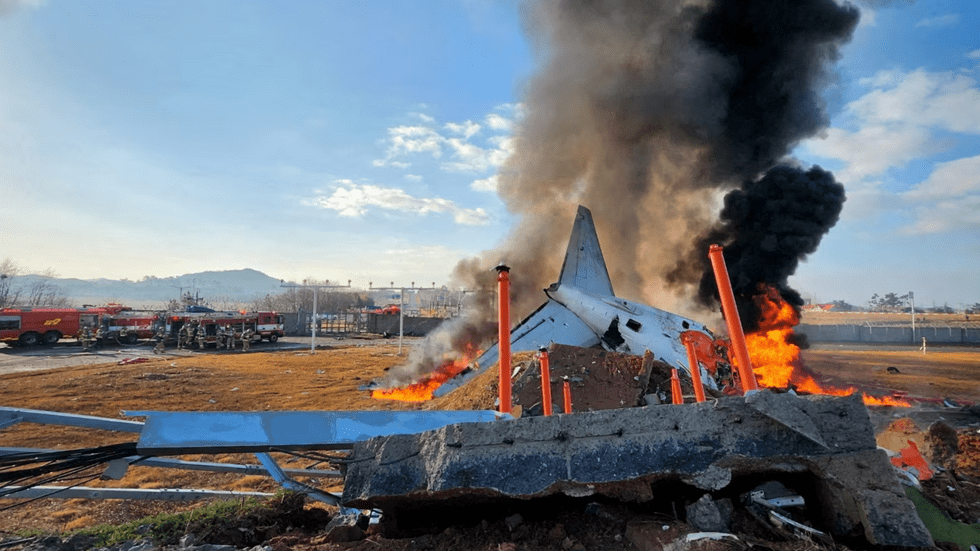Deadly South Korea Plane Crash Caused by Pilot Error, Report Reveals

Understanding the Tragedy: A Series of Critical Errors
A recent investigation into a tragic plane crash in South Korea has revealed that catastrophic pilot errors were directly responsible for the incident, which claimed the lives of 179 people. The incident occurred on December 29 when a Jeju Air Boeing 737 was en route to Muan Airport from Bangkok. During the approach, the aircraft collided with what investigators believe was a flock of ducks. This bird strike led to significant damage, but it was the pilots' subsequent actions that proved fatal.
Pilot Errors and Engine Mismanagement
According to the findings, the crew made a critical mistake by deactivating the functioning engine instead of the one damaged by the bird strike. Instead of shutting down the compromised right engine, the pilots mistakenly cut power to the left engine, which was still operational. This error left the aircraft without power as it attempted to land, significantly increasing the risk of a crash.
The situation worsened as the plane continued its approach at high speed with the landing gear still raised. Pilots also ignored standard procedures for landing after a bird strike on approach. They climbed back up, performed unorthodox maneuvers, and turned to make a rushed landing in the opposite direction on the same runway. These actions contributed to the plane overshooting the tarmac before colliding with a reinforced barrier and bursting into flames.
Survivor Stories and Emotional Reactions
Only two cabin crew members positioned at the aircraft's tail section managed to escape the blaze alive. Their survival highlights the severity of the crash and the challenges faced by those on board. The emotional toll on the families of the victims was evident during a press briefing, where relatives reacted furiously to the preliminary findings.
During the chaotic event, family members burst into the conference room, with one man shouting, "They've just blamed it all on the pilots." Officials hurriedly collected report copies from journalists present, insisting the document hadn't been formally published. Kim Yu-Jin, representing the victims' families, dismissed the conclusions as "unconvincing" and warned that they might affect what kind of payout relatives might receive.
Ongoing Investigation and Challenges
Despite the family protests, investigators maintain their position that no mechanical defects contributed to what has become South Korea's deadliest aviation accident in recent memory. However, the probe faces further roadblocks, including the fact that the aircraft's recording devices stopped functioning four minutes prior to impact, creating gaps in the crash timeline.
"We have repeatedly asked them to be careful about these disclosures because the way that the results of the investigation are communicated can have an impact on the compensation that families receive," Kim added. This statement underscores the sensitivity of the situation and the need for transparency and accuracy in the investigative process.
Conclusion
The tragic crash serves as a stark reminder of the importance of adherence to safety protocols and the potential consequences of human error. As the investigation continues, the focus remains on understanding the full scope of events that led to this devastating loss of life. The ongoing dialogue between investigators and the families of the victims highlights the complex interplay between accountability, transparency, and the pursuit of justice.
Post a Comment for "Deadly South Korea Plane Crash Caused by Pilot Error, Report Reveals"
Post a Comment